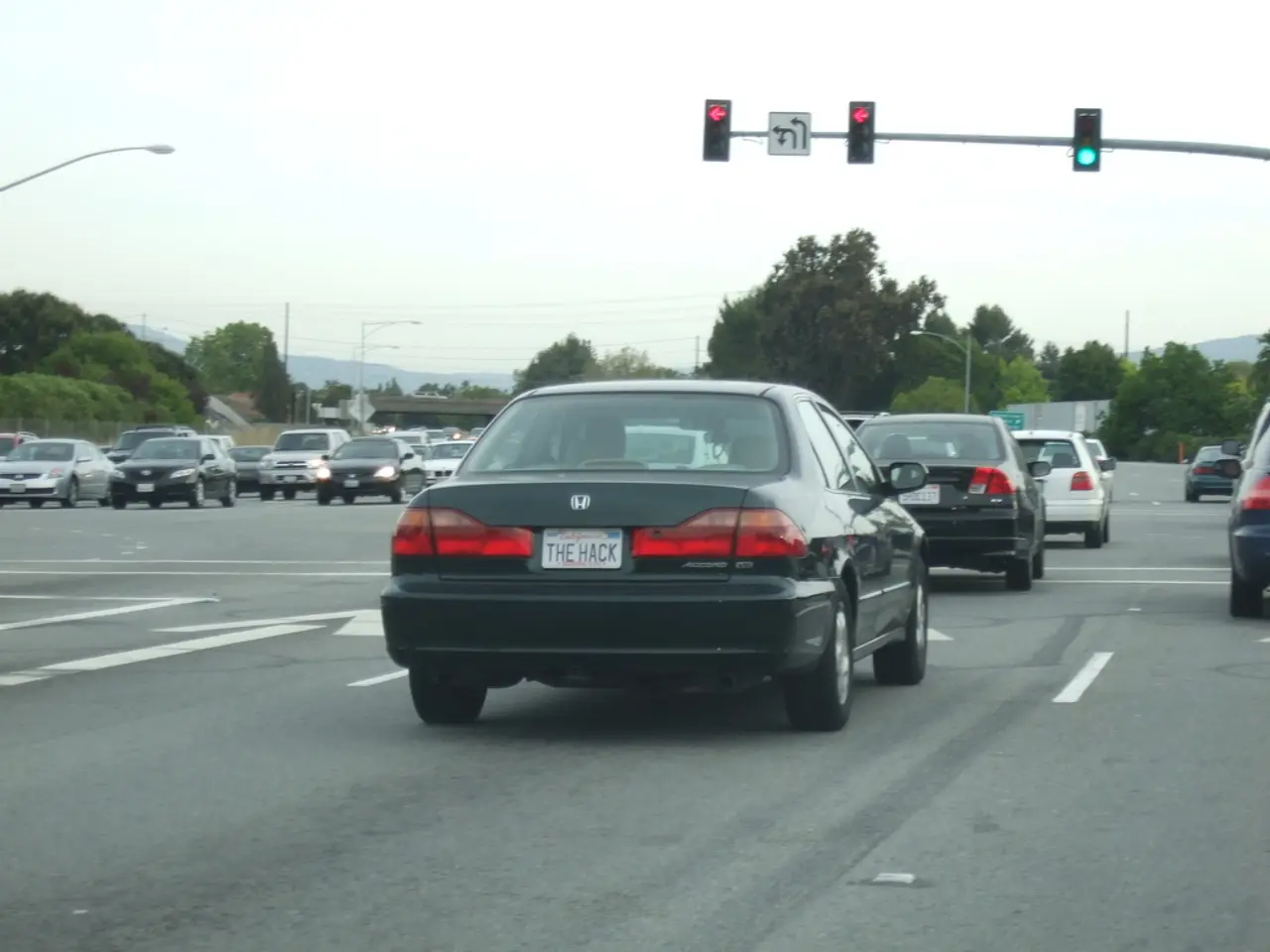Traffic turmoil on highways: Nationwide journey surge kicks off
Summer holidays in Germany are a time for relaxation and adventure, but for many drivers, the journey can be a stressful test. With the first weekend in August traditionally seeing the worst traffic jams on German highways, it's essential to plan ahead and be prepared.
According to the ADAC, traffic jams on German highways during the summer are a common occurrence, particularly on the A3, A5, A8, and A93. The holidays in Bavaria and Baden-Württemberg, as well as construction sites on heavily frequented long-distance routes, often result in highway bottlenecks.
To avoid these congested areas, the ADAC recommends several strategies. Firstly, avoiding weekend travel, especially on Friday afternoons, Saturday mornings, and Sunday afternoons, when congestion peaks due to holiday traffic. Instead, consider traveling on weekdays, which typically experience lighter traffic compared to weekends.
Planning routes carefully and checking traffic updates before departure is also crucial. With around 1,200 construction sites currently active on heavily frequented long-distance routes in Germany, bypassing congested areas and construction sites can significantly reduce waiting times.
Another strategy is to take advantage of the truck driving ban on Saturdays for vehicles over 7.5 tons, which reduces heavy vehicle congestion on busy stretches during the holiday period from July 1 to August 31.
Certain routes and major corridors to and from the North and Baltic Seas are particularly prone to jams and may require alternative route planning. The A2, A4, A6, A24, A31, and A45 are among the routes that experience the most congestion.
In addition, unexpected delays from road repairs and imposed speed limits could occur due to rising summer temperatures, which have caused damage such as cracking and buckling of road surfaces. Monitoring current road conditions and remaining flexible in travel plans will be valuable.
The busiest traffic day is expected around early August, notably Saturday, August 2, often called the chassé-croisé weekend, when most holiday departures and returns coincide, intensifying traffic jams. Avoiding travel on these peak days if possible is recommended.
Alternative routes to avoid rush hour include the B27 near Stuttgart and the B12 as a southern bypass to the A8. Traveling on Monday or Tuesday significantly reduces the risk of traffic jams. The A7 near Kassel and the A99 near Munich are currently among the largest problem zones due to construction sites.
The ADAC expects around 4,000 traffic jams and 200,000 kilometers of total length for the first August weekend alone. Border sections to Austria, such as the Karawankentunnel or the A93 towards Kufstein, also cause congestion due to construction sites.
Navigation via apps like Google Maps, Waze, or Here can help avoid short-term closures due to construction sites and react flexibly to disruptions, often redirecting drivers to side roads. Kilometer-long traffic jams can form due to summer traffic in Germany, so being prepared and flexible is key.
In summary, to navigate summer traffic in Germany, consider traveling midweek, avoiding peak departure and return days, monitoring live traffic and road condition updates, using alternative routes when possible, and factoring in ongoing construction and heat-related road damage. With good nerves and these practical tips, you can make the most of your summer travels.
Having a well-planned family vacation is essential, especially during the summer months in Germany. To minimize the stress of traffic jams, consider modifying your lifestyle to avoid travel during peak times, such as weekends and holidays, particularly on known congested routes like the A2, A4, A6, A24, A31, and A45. Additionally, investing in a reliable navigation app could help manage unexpected traffic jams and roadworks, keeping your car journeys a enjoyable part of your lifestyle.




